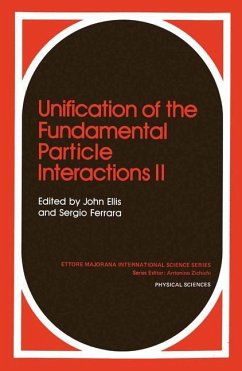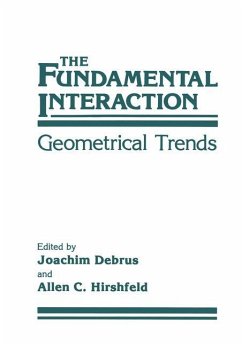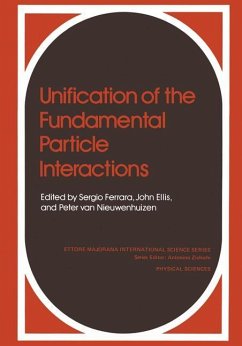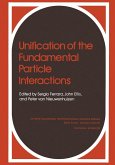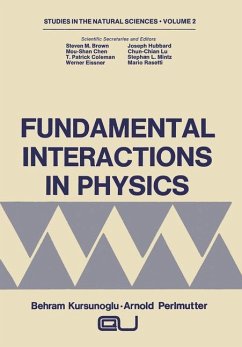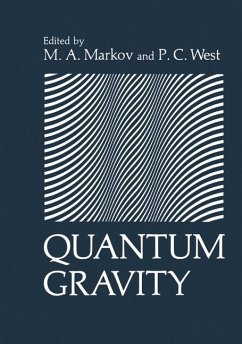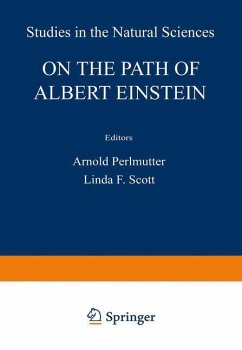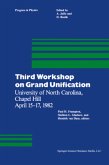Work on the unification of the fundamental particle interac tions has continued vigorously since the first Europhysics study Conference on this subject. At that time we emphasized the exis tence of two main approaches, one based on supersymmetry and pos sibly its local version, supergravity, and the other approach based on grand unified gauge theories. Discussion of the possible tests of these theoretical speculations included experiments on baryon decay and neutrino oscillations. In view of the uncertainties surrounding the observability of such phenomena, the early Universe was welcomed as a possible Laboratory for testing new theoretical ideas. At that time, we expressed the hope that the different gauge and super symmetry approaches would cross-fertilize each other" and it is appropriate to ask now how much of that hope has been realized. We believe there has recently been considerable theoretical rapprochement, which is amply reflected in these Proceedings. On the one hand it has been realized that many of the technical pro blems in grand unified gauge theories, such as arranging the hierarchy of different mass scales, may be alleviated using simple global supersymmetry. On the other hand there has been growing interest in the possibility that extended supergravity theories may furnish a suitable framework for the unification of all the fundamental particle interactions. Many physicists in fact now question actively whether the known "fundamental" particles are in deed elementary, or whether they are composite.
Hinweis: Dieser Artikel kann nur an eine deutsche Lieferadresse ausgeliefert werden.
Hinweis: Dieser Artikel kann nur an eine deutsche Lieferadresse ausgeliefert werden.

